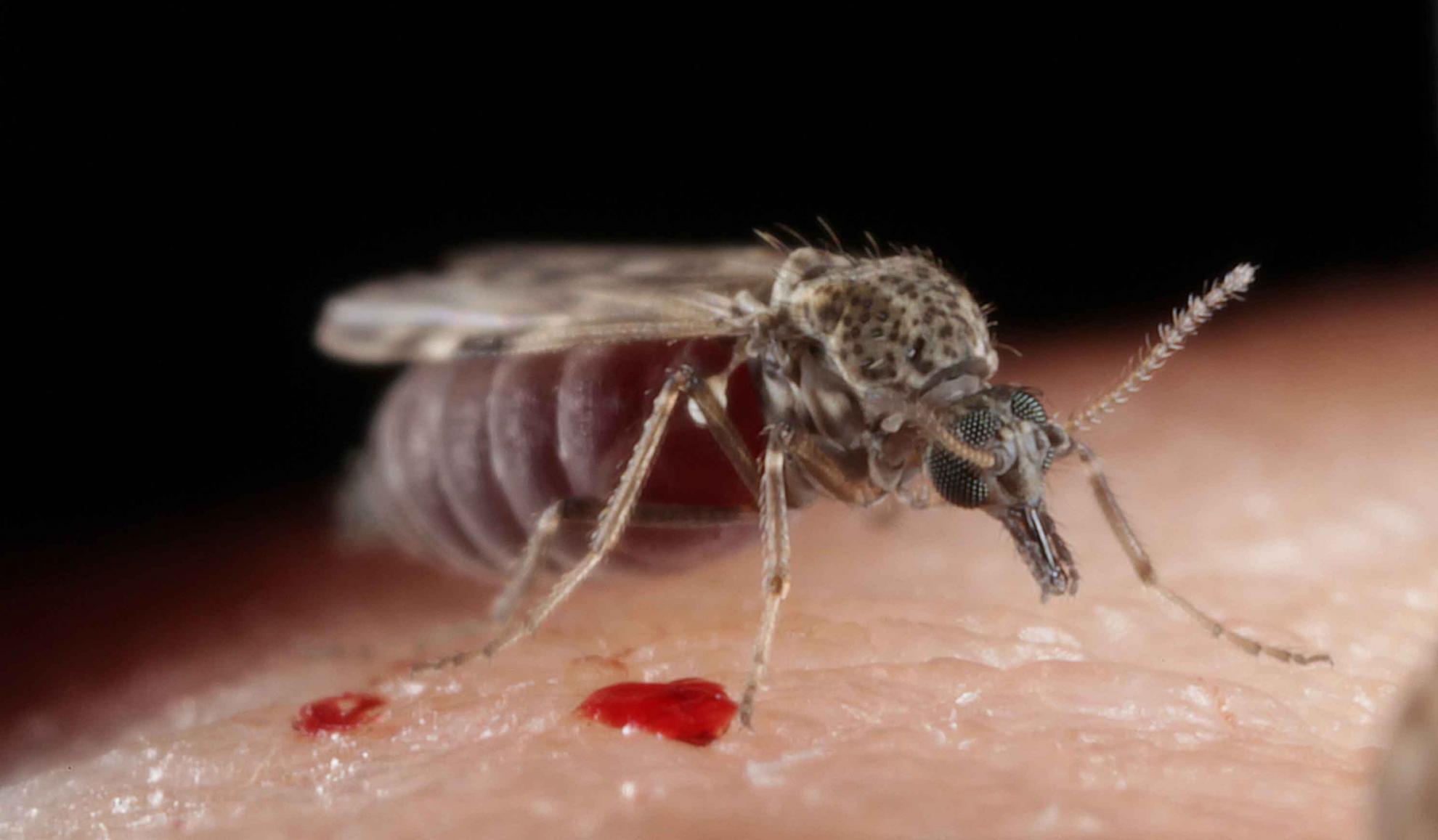Treatment of horses with cypermethrin against the biting flies Culicoides nubeculosus, Aedes aegypti and Culex quinquefasciatus
An in vitro assay was used to assess the efficacy of the proprietary pyrethroid insecticide cypermethrin applied to horses (Deosect spray, 5.0%, w/v Fort Dodge Animal Health) against the biting midge Culicoides nubeculosus (Meigen) (Diptera: Ceratopogonidae) and the mosquitoes Aedes aegypti Linneaus and Culex quinquefasciatus Say (Diptera: Culicidae). Hair was collected from the back, belly and legs of the horses immediately prior to treatment and 7, 14, 21, 28 and 35 days after treatment, and also from untreated controls. In laboratory assays groups of 10 adult female C. nubeculosus, Ae. aegypti or C. quinquefasciatus were exposed to 0.5 g of hair for 3 min. In all cases, little or no mortality was observed in insects kept in contact with the pre-treatment samples or the untreated controls. With post-treatment samples for C. nubeculosus, mortality was close to 80% 7 days after treatment and then declined gradually; mean mortality was still at around 50% for hair collected 35 days after treatment. In general, Ae. aegypti and C. quinquefasciatus appeared to be less susceptible to cypermethrin than C. nubeculosus and the attenuation of the toxic effect declined more quickly with time after treatment. There were differences in the toxicity of hair from different body regions, with hair from the back consistently inducing the highest mortality and hair from the legs the lowest; this effect was more pronounced for C. nubeculosus than Ae. aegypti or C. quinquefasciatus. The results demonstrate the potential for topical insecticide treatment to offer protection to horses against biting flies; but highlight the major differences that exist in susceptibility between different insect species.
Back to publications
Publication
Contributors
Papadopoulos E, Rowlinson M, Bartram D, Carpenter S, Mellor P, Wall R
Year
2010
Journal
Veterinary Parasitology
Volume
169
Issue
1-2
Pages
165-171
Altmetric details
Associated groups
